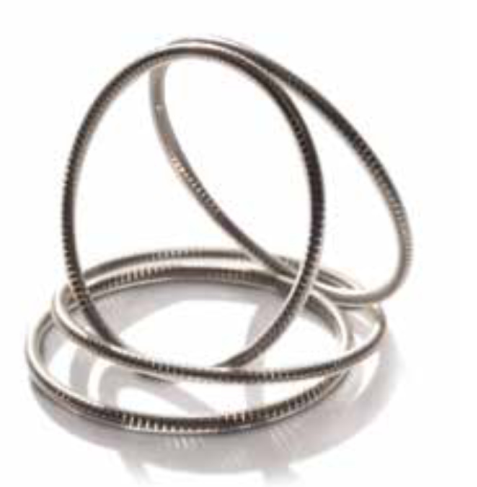Fluorolon PTFE (Polytetrafluoroethylene) is a unique synthetic polymer with many benefits for industrial and engineering applications. This versatile material can be used for a wide range of purposes, from chemical processing to cookware. In this article, we will explore some of the key benefits and uses of Fluorolon PTFE.

Chemical Resistance
One major benefit of using Fluorolon PTFE is its excellent chemical resistance properties. This material is highly resistant to acids, bases, solvents, and other corrosive substances. This makes it an ideal choice for use in applications such as chemical processing plants or food processing industries where harsh chemicals are often used. It can also be used as a protective coating on metal surfaces to protect them from corrosion or damage from exposure to corrosive materials.
High-Temperature Resistance
Another benefit associated with Fluorolon PTFE is its high-temperature resistance properties. This material can withstand temperatures up to 260°C (500°F) without losing its strength or shape – making it an excellent choice for use in insulation, gaskets, seals, and other high-temperature applications such as aerospace parts or engine components that require superior heat resistance capabilities. The thermal stability offered by this polymer also ensures that parts maintain their original dimensions even under extreme conditions making them ideal for precise manufacturing processes where dimensional accuracy is critical.
Low Friction Properties
Fluorolon PTFE also offers exceptionally low friction properties, making it suitable for use in various mechanical components such as bearings and slides where minimal friction between moving surfaces is desired. Its low coefficient of friction helps reduce wear on machinery parts resulting in increased operational life spans while simultaneously providing smoother operation with less vibration compared with traditional materials like steel or bronze alloys. Furthermore, since no lubricants are required, energy consumption costs due to frequent maintenance procedures associated with lubrication are significantly reduced compared to traditional metals.
Non-Stick Properties
In addition, Fluorolon PTFE has impressive non-stick properties, making it ideal for use in cookware, baking sheets, conveyor belts, and other industrial equipment. Its non-stick characteristics enable food products like cakes, cookies, etc., to slide easily off surfaces resulting in efficient production processes while maintaining product quality standards at the same time. Furthermore, these non-stick characteristics help reduce clean-up times after the production process, thereby saving both time & money.
Electrical Insulation Properties
Last but not least, one important benefit this polymer provides includes its electrical insulation capabilities making it perfect for use within high-voltage industrial equipment & electronic components alike. Its ability to prevent electricity from leaking out allows companies within the electronics industry to create safer products without having to worry about hazardous shocks occurring during usage, thus ensuring customer safety at all times, leading to higher customer satisfaction & loyalty levels over time.
At Advanced EMC Technologies we use Flourolon Virging PTFE primarily for seals, seats, bearings, and insulaotrs. All our Flourolon PTFE is FDA and dairy approved. We offfer both Virgin PTFE ASTM-D4894 and filled PTFE ASTM D4745-06.
| Property | Specified | Units | Method |
| Specified Gravity (FEP) Only | 2.14 –2.19 | gr/cc | ASTM D792 |
| Maximum Recommended Stretch | 2 % | N/A | ASTM D638 |
| ES Seals Are For Type Service | Static | N/A | – |
| Coefficient of Friction (FEP) | 0.19 | Static | ASTM D3702 |
| Dielectric Constant (FEP) | N/A | N/A | ASTM D150 |
| Dielectric Strength (FEP) | N/A | N/A | ASTM D257 |
| Thermal Expansion No Spring | 8.3 x 10^5th | in/in/°F | ASTM D696 |
| Compressive Strength | N/A | N/A | ASTM D695-57 |
| FEP Seal Temperature Range | -420 to 428 | °F | – |
| PFA Seal Temperature Range | -420 to 500 | °F | – |
To summarize, the many benefits associated with using Fluorolan PTE should not be overlooked, especially when considering various industrial & engineering-related applications that call out these specific attributes offered by this synthetic polymer beyond any other commonly available alternatives currently present in the market today. Its ability to resist chemicals and withstand higher temperatures than most polymers without losing shape/strength, alongside offering superior low friction/non-stick qualities coupled with excellent electrical insulation capabilities, clearly demonstrates why so many industries opt to choose Fluorolon PTFE over any other material available.

